We used to consider baldness to be a problem of the older generation. This is understandable. With age, follicles regress, and hair weakens and thins. But there is a real phenomenon which many of us don’t even know about: childhood baldness. 3-4% of children in the US suffer from it.
We decided to describe the main causes of baldness in children.
Ringworm
This is the most common fungal infection that damages the hair and scalp. Ringworm is very easily transmitted among children. The disease is highly contagious, and children are constantly in physical contact between each other. Kids are usually the ones who kiss and squeeze animals without being particularly cautious.
Once infected, the child’s skin begins to flake and peel off, and hair breaks or gets pulled out during combing. They will suffer from severe itching.
Once you see a bald, rounded patch, with suspicious gray spots or redness on the skin, along with peeling, plaques, and your child scratches or complains of itching – immediately go to the doctor.
Scar alopecia
Scarring baldness develops as a result of inflammation, infection, or physical trauma, including burns. It can also be a consequence of diseases such as lupus. Although there is scientific data on scarring alopecia, the causes of this disease are not completely studied yet.
There are no unique symptoms that could help to confirm the diagnosis easily.The affected area can be generally smooth and clean, or red and flaky with blisters. Pigmentation of the skin may change.
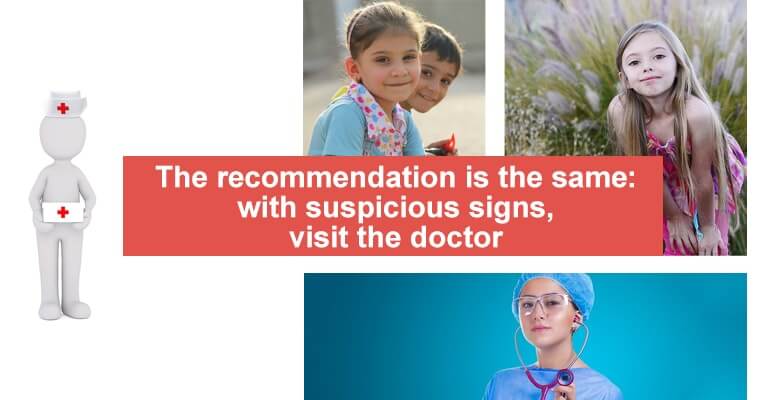
Trichotillomania
This is a mental disorder where the child has an irresistible desire to tear or tangle his hair. As you understand, the hair and skin are both healthy, and the only trigger is the child himself.
The craving for unhealthy behavior can be increased by nervous tension or fear. Stress can be quite insignificant, for example, eating food that he doesn’t like, or more seriously, conflicts with other people or kids.
Alopecia areata (focal) alopecia
A disease of autoimmune origin, where our own immune system begins to destroy follicles.
The classification of this condition is based on the phases of the disease:
- Alopecia areata.
- Total alopecia.
- Universal alopecia.
During the first phase, one or more rounded hairless areas are noticed on the head. With total and universal alopecia, nail plates are also damaged. Total alopecia causes hair loss on the head, while universal alopecia causes the entire body to lose its hair.
The symptoms of focal alopecia can be eliminated by adjusting the diet and lifestyle, especially reducing stress. Total and universal alopecia are incurable.
This disease can hit people between the ages of 15-29 who have a genetic predisposition or other autoimmune conditions: hyperthyroidism or Down’s syndrome. The immune system attack starts only if there are some external or internal factors.
The majority of hair is transitioning into the telogen phase
In some situations, a bunch hair transfers into the telogen phase too abruptly, causing a noticeable hair loss. The triggers can be different: surgery, anesthesia, trauma, long or excessive treatment, vitamin A overdose, fever, or stress.
If you notice an increased hair loss, you need to consult a doctor. After establishing the cause of your hair loss, he will tell you whether this condition will go away by itself, or if some other measures need to be taken.
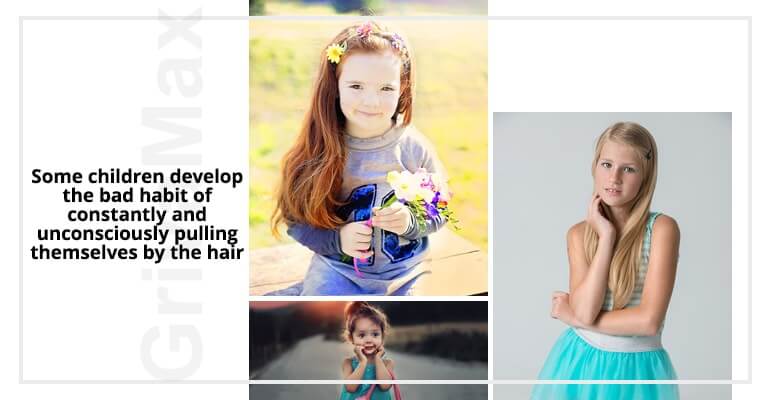
Bacterial infections
Hair loss can occur as a complication. If Staph Aureus bacteria enter the body through a wound or the respiratory tract, it can cause an infection of the skin and soft tissues.
It is more common in children with weak immunity, diabetes, vascular and pulmonary diseases, or cancer.
Hair injuries
Tight hairstyles are the most common cause of hair injuries. The next time you are styling the hair of your little princess into a perfect high tail – loosen the grip, even if you have to sacrifice the perfect look. Because of the constant tension, the hair breaks more easily and falls out.
Hair can simply get “poisoned” with styling products. If a child severely rubs his head during sleep, he can also injure his hair.
If you noticed signs of baldness in your child, you have to visit the pediatrician. Only after understanding what caused the condition can you choose the right treatment.
You can be prescribed medications, a change in lifestyle and diet, or both. Early diagnosis is the key of successful treatment. And one more important thing that the relatives of the child should do: support them in everything.
 881
881


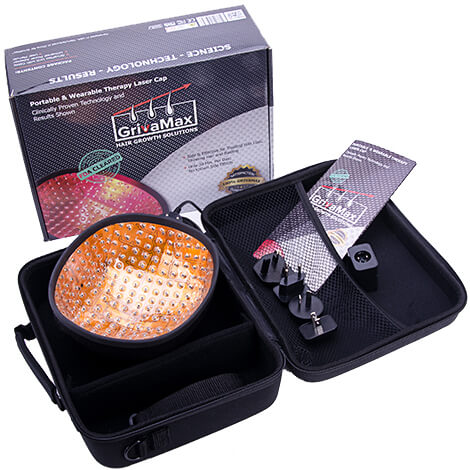




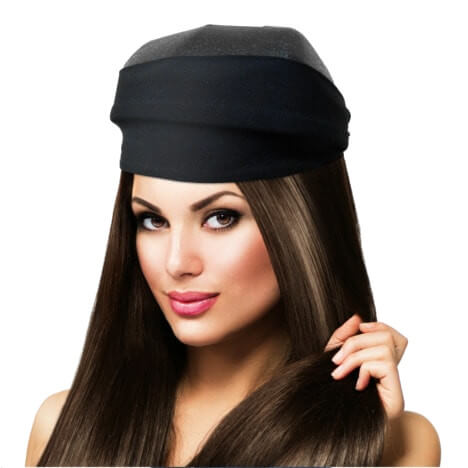



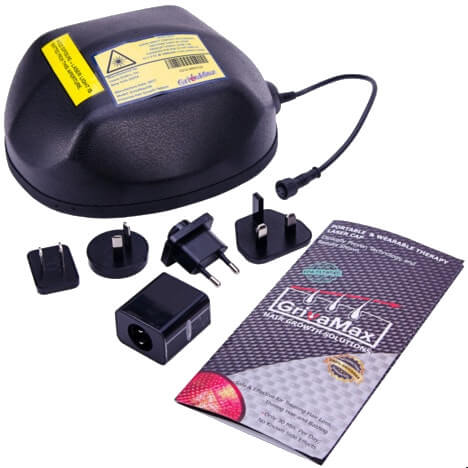



How can alopecia areata be treated?
Only a doctor can prescribe the treatment. Self-treatment is dangerous for the health of your child. Do not invent ways – consult a trichologist.